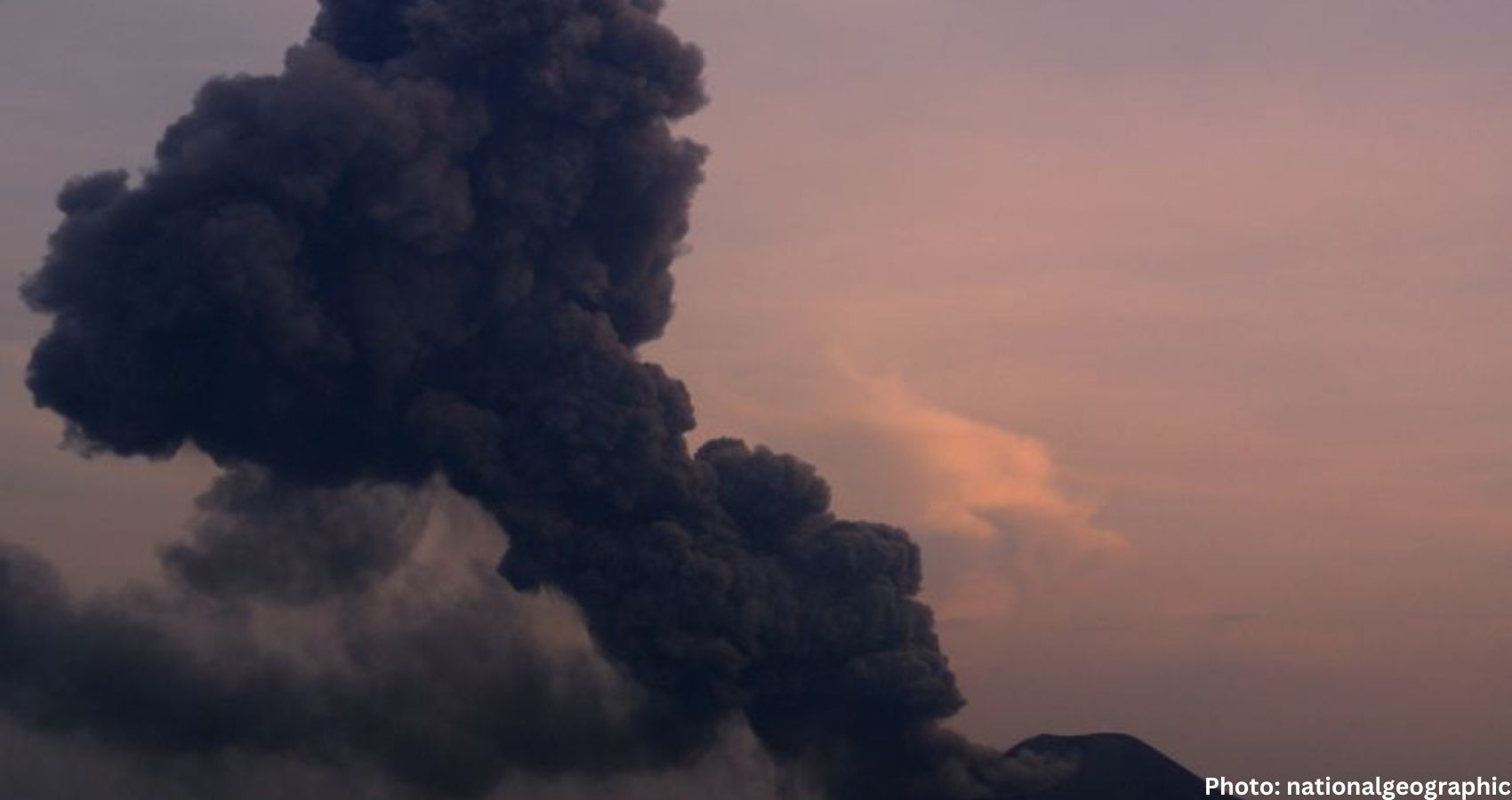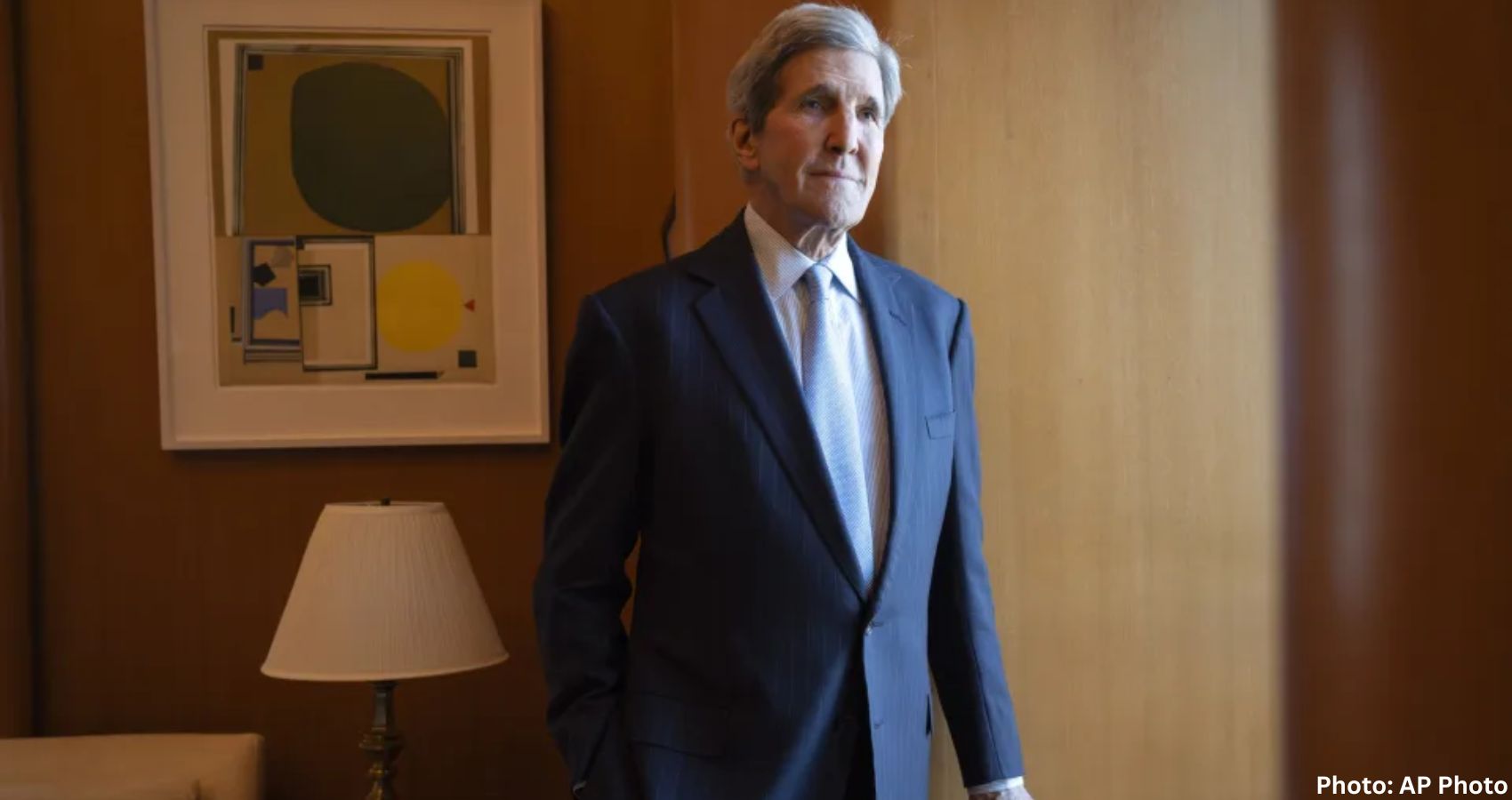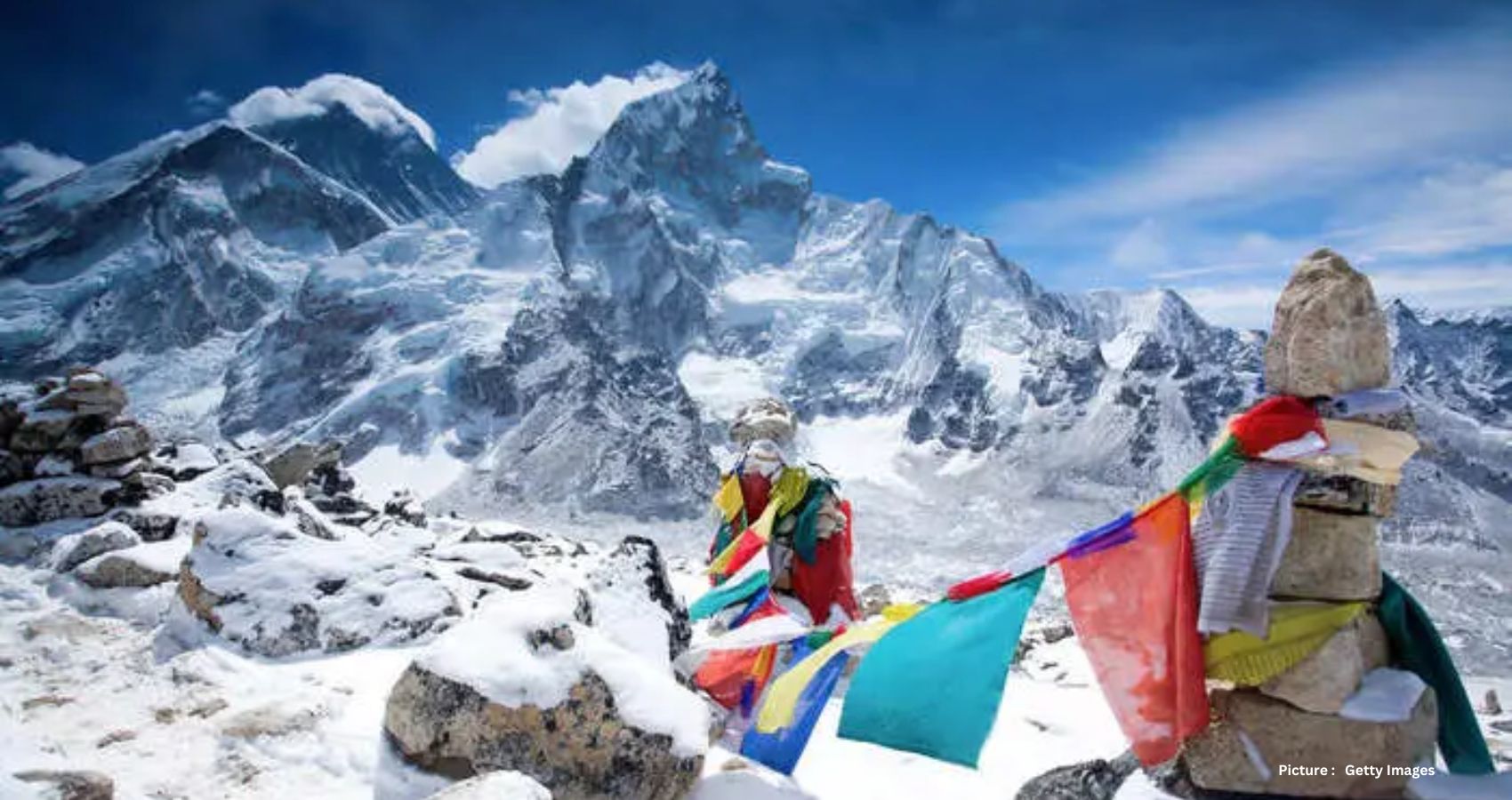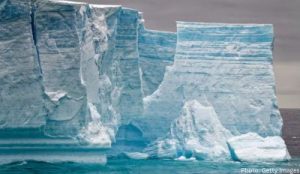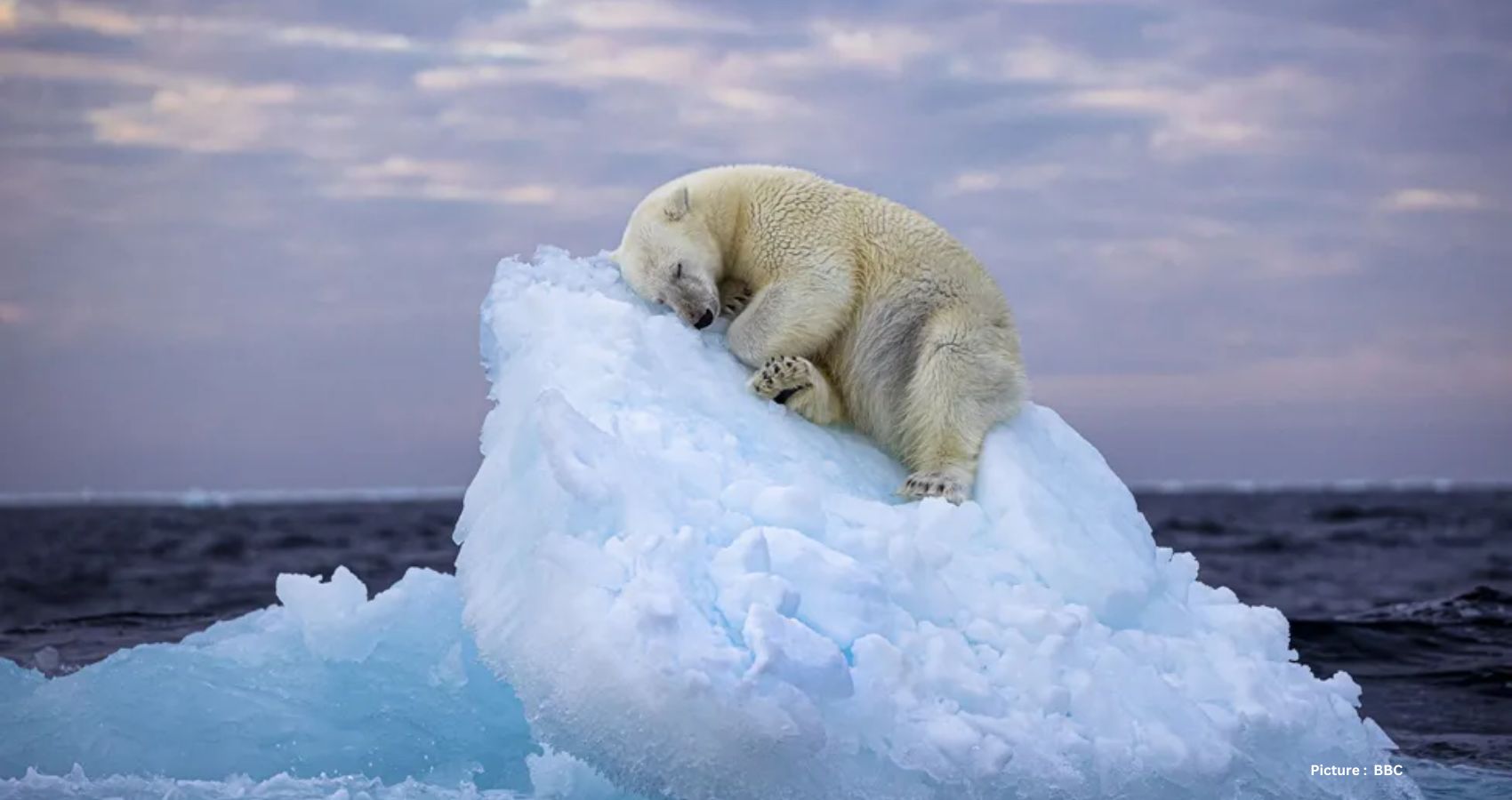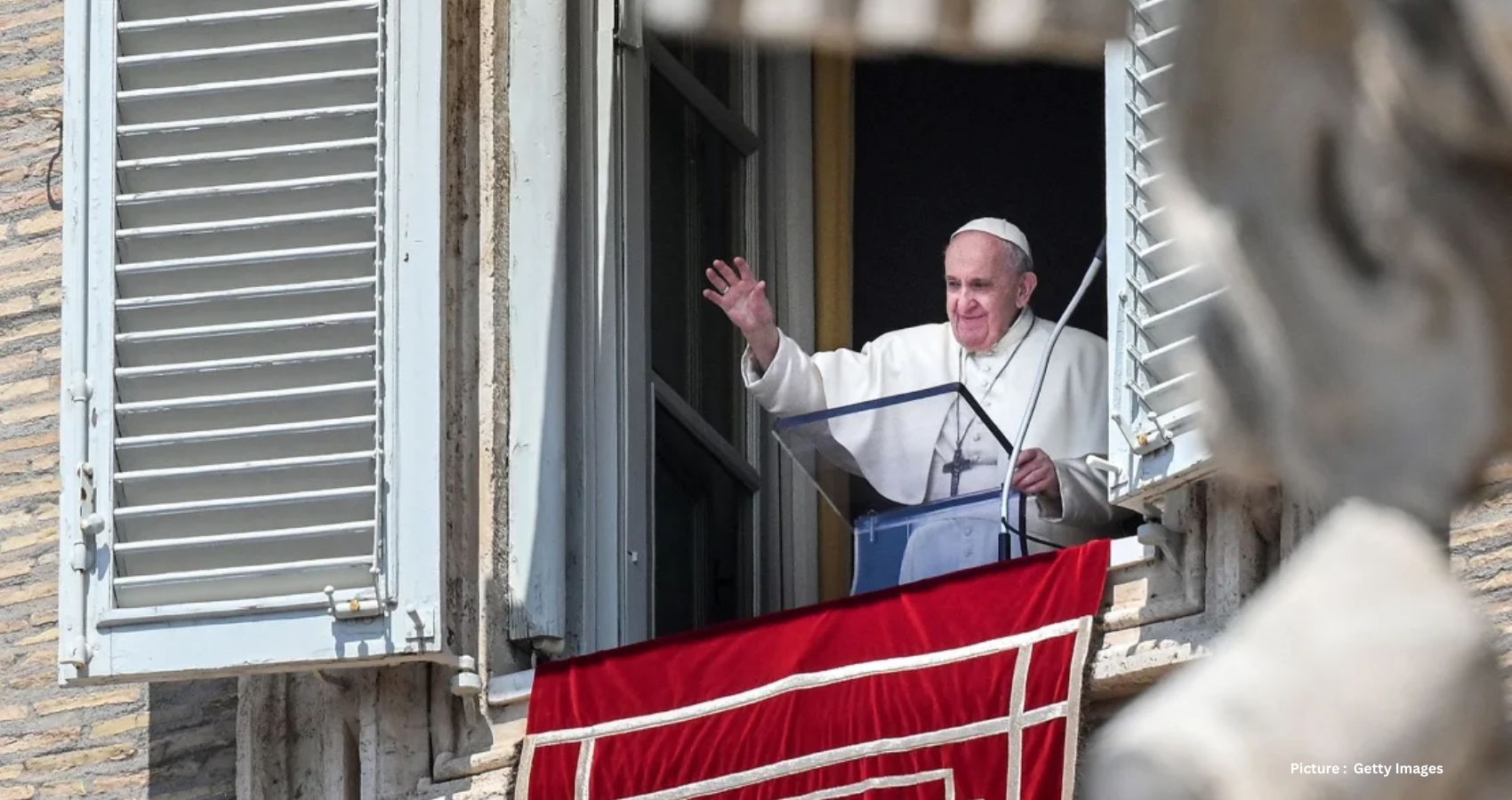Protecting Environmental Health: An Urgent Imperative
Earth is uniquely suited for human life, providing everything necessary for our physical and mental well-being. However, with the human population surging over the past century, the exploitation of nature has escalated to unsustainable levels. This excessive strain has driven many natural resources and species to the brink of extinction. Sustainable development has often been neglected, resulting in a polluted environment that harms human health. Many health issues and fatalities caused by unhealthy environments could be prevented or significantly reduced through improved environmental quality. Now, more than ever, it is vital to understand and act to safeguard our environmental health.
The Importance of Environmental Health
We reside in a world with numerous options for living, though some people have more choices than others. Key criteria for the best places to live typically include affordability, job opportunities, home value, proximity to family and friends, safety, quality schools, and favorable climate conditions. It wasn’t until the early 20th century that people began recognizing the detrimental effects of air pollution on the atmosphere. This awareness led to the development of an academic discipline aimed at understanding environmental threats, primarily caused by human activities, and their consequences. The goal is to mitigate negative impacts on nature and preserve Earth for future generations.
The World Health Organization (WHO) defines public health as “the art and science of preventing disease, prolonging life, and promoting health through the organized efforts of society.” Public health, therefore, encompasses protecting the health and well-being of entire populations, ranging from small local communities to the global population.
Our daily lives are influenced by the quality of the environment we live in. The food we consume, the places we reside, and the communities we engage with all impact our physical and mental well-being. This broad field of study, known as Environmental Health, examines all environmental factors affecting our health.
Major Sources of Environmental Health Issues
- Air Pollution
Pollutants, a mix of natural and manmade elements, molecules, and particles, adversely affect human health. Breathing polluted air from factories or heavy traffic harms the lungs and heart, causing asthma and increasing the risk of heart attacks or strokes. According to WHO, 600,000 children die annually from respiratory infections caused by air pollution, with 9 out of 10 people breathing polluted air, resulting in nearly 9 million deaths each year.
- Water Contamination
Access to clean water is a basic human right, yet it remains a privilege for many. About 780 million people lack safe drinking water, and 2.5 billion people, nearly a third of the global population, do not have adequate sanitation services. Over 2,000 children die daily due to diseases related to poor water and sanitation.
- Toxic Substances and Hazardous Waste
Toxic substances in discarded materials, such as heavy metals or chemicals, harm the environment and human health. This waste, often stored in landfills or discarded improperly, contaminates the environment. From 1930 to 2000, man-made chemical production surged from one million to approximately 400 million tons annually, with no signs of slowing down. The average person absorbs around 300 man-made chemicals, and WHO reports that exposure to these substances causes over 1.6 million deaths each year.
- Climate Change and Natural Disasters
Climate change is the foremost human health threat of the 21st century. Rising global temperatures and altered rain patterns lead to extreme weather events such as cyclones, hurricanes, droughts, and wildfires, which devastate communities and infrastructure, often resulting in loss of life. The 2010 Haiti earthquake, lasting just 30 seconds, caused over 160,000 deaths and affected many more.
- Infrastructure Issues
Infrastructure is crucial for a high quality of life. Healthcare centers and hospitals should be integrated into the community, but governments at all levels must allocate more resources to overcome infrastructure problems. Improved infrastructure enhances access to healthcare. As Tedros Adhanom Ghebreyesus, WHO Director-General, stated, “It is completely unacceptable that half the world still lacks coverage for the most essential health services.”
The Danger of an Unhealthy Environment
Anne Stauffer, director of Strategy and Campaigns at the European non-profit Health and Environmental Alliance (HEAL), emphasized the urgency of tackling environmental pollution and climate change, stating, “There is not that much of a difference between 2012 and 2020; in fact, the urgency to tackle environmental pollution and climate change has only increased.” She pointed out that “one root cause of the problem is that our whole way of production, consumption, and way of life is based on fossil fuels.”
A 2019 report by the European Environment Agency highlighted that heatwaves are the deadliest type of extreme weather in Europe. The report warned that, under current global warming scenarios, heatwave-related deaths could exceed 130,000 annually. Statistics indicate that 23% of all deaths (26% of deaths among children aged 0-5) are entirely preventable environmental health issues.
Strategies to Enhance Environmental Health
Afforestation
Planting more trees helps absorb carbon dioxide, build new ecosystems, and meet the demand for wood.
Reduce the Use of Plastics
Plastic waste constitutes 80% of all marine pollution. Researchers predict that by 2050, plastic could outweigh all fish in the sea.
Sustainable or Regenerative Agriculture
Regenerative agriculture and sustainable farming methods reduce emissions and improve soil health. Agriculture accounts for 80% of soil degradation in Europe. Healthy soils are essential for producing sufficient food for the growing population.
Electric Cars
Electric cars significantly reduce a vehicle’s carbon footprint by up to 70% compared to gasoline-powered cars. They also produce less noise pollution, which is beneficial in densely populated areas.
Rainwater Collection
Harvesting rainwater helps manage stormwater runoff, prevent erosion, and improve water quality. Using rainwater for irrigation replenishes groundwater supplies.
Energy Saving
Switching to energy-saving bulbs can cut household electricity use by 25-80%. Adopting energy-saving practices reduces reliance on fossil fuels, the primary energy source worldwide.
Reducing Industrial Emissions and Waste
To prevent Earth from becoming uninhabitable, fossil fuel emissions must decrease rapidly. Human activities have been the main source of greenhouse gases for the past 150 years.
Final Thoughts
Environmental health is more critical than ever. Caring for our planet is essential. While individuals may feel powerless against climate change and environmental crises, there are numerous ways to contribute and make a difference. Supporting a healthy environment is crucial for longer, better-quality lives.

